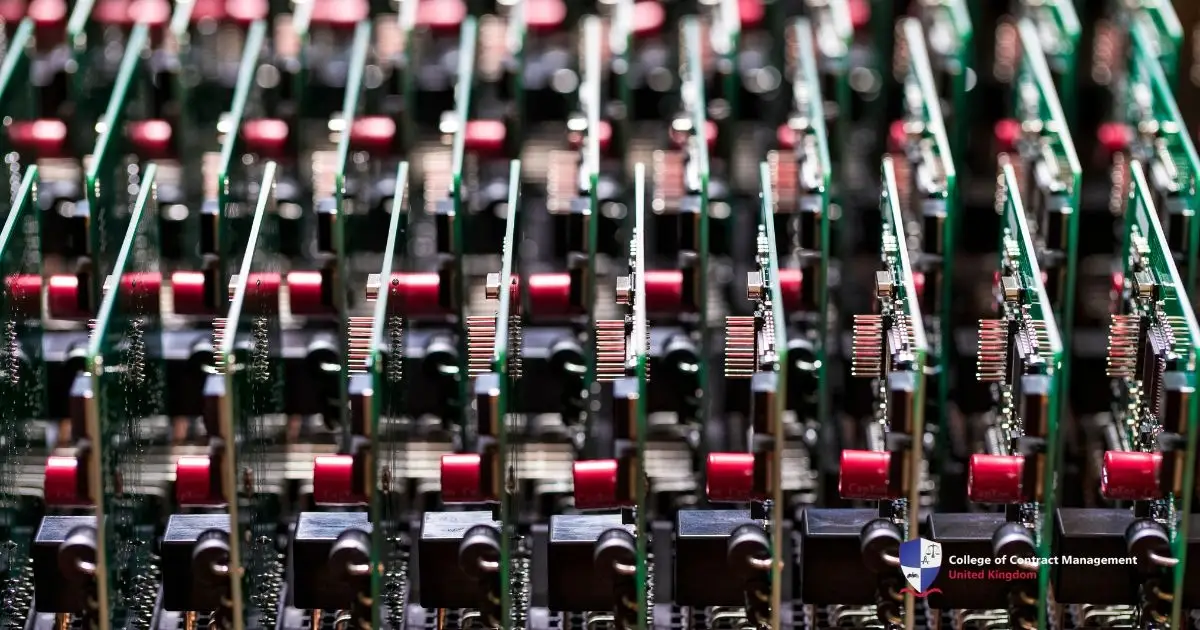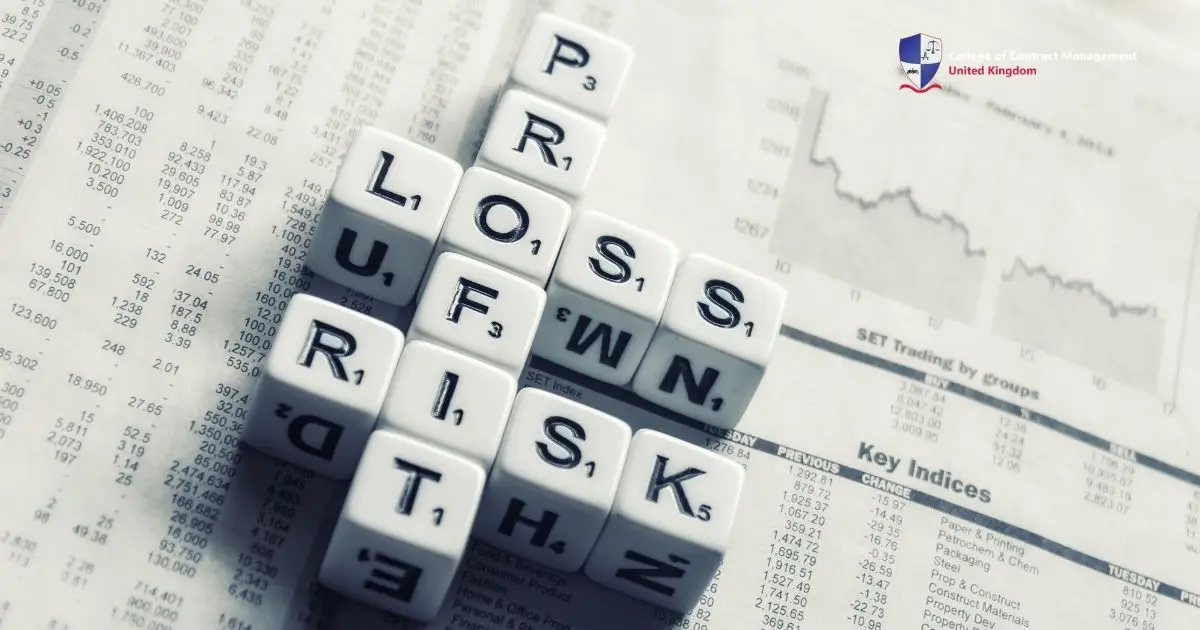Have you ever wondered how companies can immediately launch a product and have it ready stocked all over the country? Well, they can do this with batch production. Therefore, this is a manufacturing process that can help companies make a lot of products in a single process. Thus, resulting in cheaper overall cost and time savings.
The batch production process is usually broken down into multiple parts or batches, making it easier to manage and control. This manufacturing method is perfect for making items that need multiple parts for completion. For example, phones, cars and furniture. This article explores the pros, cons, and industry uses of this manufacturing process, including business applications.
How does batch production work?
Batch production is a method of manufacturing that means making similar products in groups, with each group going through sequential assembly steps. While usually known as “batches or queues”, all of the items in the batch will go through the first step of the production process. Then, the batch waits in line for the next step, and workers repeat the process until they complete the entire production.
Production batch gives companies greater control over a number of elements that will happen during the production of items. Manufacturers can produce those items in large volumes, and the production line lets them make changes along the way. Those changes can create different types of the same items, making it more versatile. This is the biggest quality of this type of manufacturing. It allows for quality control at various stages of the process, minimising the risk of waste.
Stages in batch production
Being used in so many industrial and commercial settings, batch production has been one of the most popular ways of production. Many industries employ it, from food processing to automobile manufacturing. This type of production allows companies to produce large amounts of items while also maintaining quality control and cost-effectiveness.
Overall, it saves companies time and money while still meeting customer demands and maintaining quality control. Batch production is versatile, allowing companies to produce goods in multiple sizes and shapes. It can also be used in multiple quantities. In this section, we are going to delve deeper into the breakdown of the major stages in this type of production:
Planning
This step is one of the most crucial steps in production. The planning stage involves the preparation of the production plan and schedule to ensure that it can be met. All of this includes determining the number of products, the material needed, the time, cost and the timeline of production. These stages also involve finding the correct production process, selecting machines and other equipment, as well as selecting the personnel responsible for production.
Preparation
After the planning process is completed, the next stage of the batch production is to prepare the material and equipment to start the process of production. This stage includes setting up the work area to ensure the materials and tools are in good condition or have arrived correctly. The other thing is to set up the production line correctly.
Manufacturing
The third stage of batch production is the actual manufacturing process of the items. This stage includes all the steps in the manufacturing plans that have been laid out in the planning stage. It involves the preparation of the raw materials, the setting up of the machines and other equipment, the placement of the personnel in the appropriate positions, and the actual production of the product.
Final Testing
After products have been made, they will go through quality control and final testing. This is to ensure that the item that has been made meets the specified requirements. This stage of production includes running the product through a series of tests to make sure it is safe, efficient and meets the industry standards.
Packaging
The fifth stage of batch production is the packaging of the product. All of this involves the selection of a good and suitable material for packaging, the designing of the packaging, and the printing of labels, logos, and other information. Manufacturers package the products to protect them during shipment and to brand the items.
Shipping
The sixth production stage is one of the crucial steps, which is shipping. They ship the finished items directly to distributors or consumers. It involves the selection of suitable carriers or companies and preparing the required documents. Finally, the product is loaded into the container or trailer for shipment. This stage also involves tracking the shipment to ensure the product reaches its destination on time.
Maintenance
The seventh stage of batch production involves the maintenance of the machines and other equipment used in the production process. It involves regular servicing and repairing the equipment, replacing worn-out parts, and adjusting the devices to ensure they function correctly. This stage also consists of cleaning the production area to ensure it is safe and conducive.
What types of business does it suit?
Batch production is suitable for businesses with a product variety with medium volume output. This can include, like bakery, pharma and more. Something to always remember is that if a factory or machinery can produce multiple goods on the same equipment or machine, or line, this type of production is the best. Here is an example:
- Pharmaceutical: Pharmaceutical companies don't need to make flu tablets or allergy meds all year round. Thus, it can adjust its production of those goods when there is an increased demand for those types of medication. The same production line can then be used to make other medicines when it is required.
- Bakeries: Bakery production can get the same advantages as pharmaceutical production. They can use the same equipment, such as an oven, mixing bowls and baking trays. Thus, benefits from scaling production up or down depending on trends and demand forecasts.
You might ask, is there anything batch production is not suitable for? In general, yes. When compared with continuous production or mass production, the goods are repeatedly assembled without a break between steps. It is quite difficult for this production process to compete with the volume of output. Therefore, when it comes to car assembly, a bottling plant or a bike production line. However, in this, there is just one continual assembly chain that can move along without the need for stopping at each stage.
The advantages and disadvantages of batch production
Batch production offers several advantages. It gives extreme flexibility and efficiency by producing medium quantities of items. It allows customizing between each batch. Economies of scale make the unit cost cheaper than normal. While the line of production is the same reduces the downtime between each batch. Hence, making it easier to hit production timelines.
However, production batch has a lot of drawbacks as well. A lot of changes can lead to a lot of downtime, setup delays and increasing labour costs. Scheduling hardship can cause holds, and small batches may incur higher item costs. Thus, the inconsistent workflow can strain resources and complicate quality consistency without any quality control.
Conclusion
Batch production can give higher flexibility, cost savings and improved quality control by making product variations and in-process adjustments. However, a lot of changeovers and complex scheduling can increase the downtime and unit cost. The key stages are planning, preparation, production and maintenance. This summary will help you determine if this type of production is for your business.
To stay competitive in these challenging times, it is important to have the correct training and development programme. The College of Contract Management offers the best courses and construction projects to shape your career. These personalised courses will provide you with the knowledge and skills, even if you are an experienced professional or a new professional in the industry. It is the right to take the next step and increase your knowledge of building materials. Don’t let the industry challenges hold you. Take charge of your future and start with CCM today!





